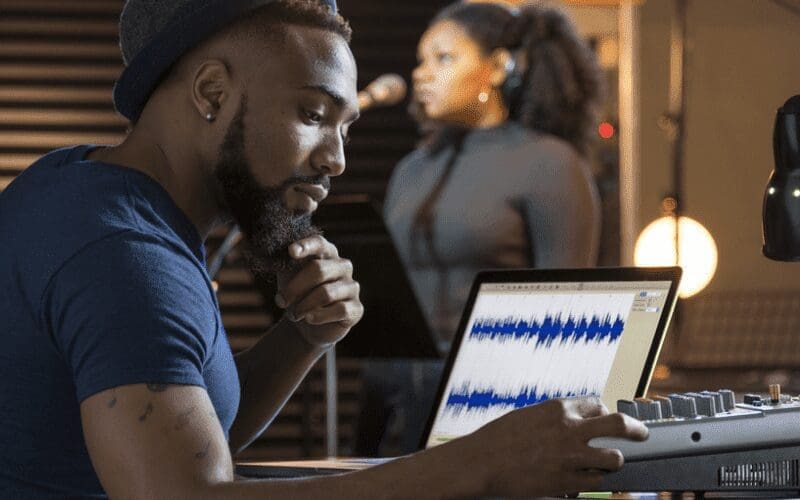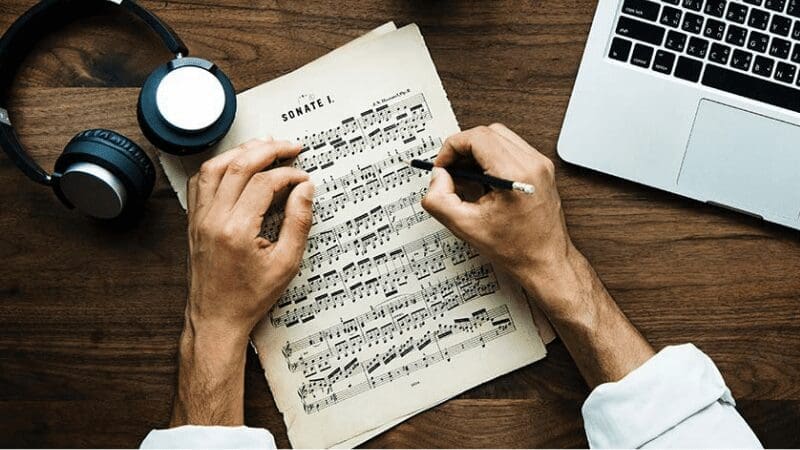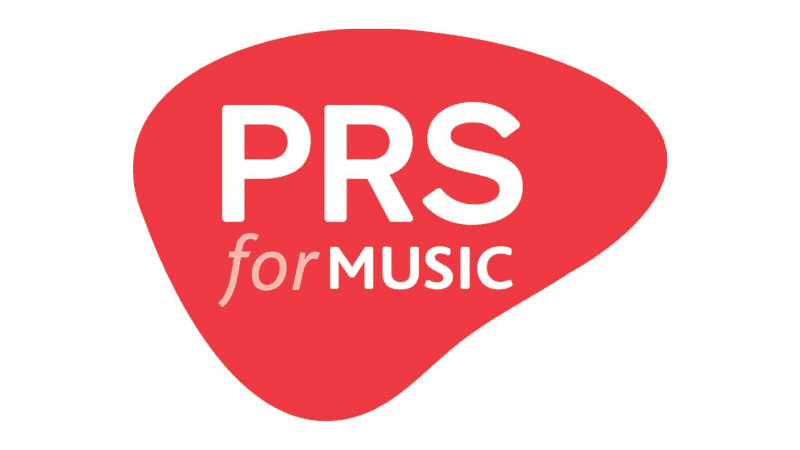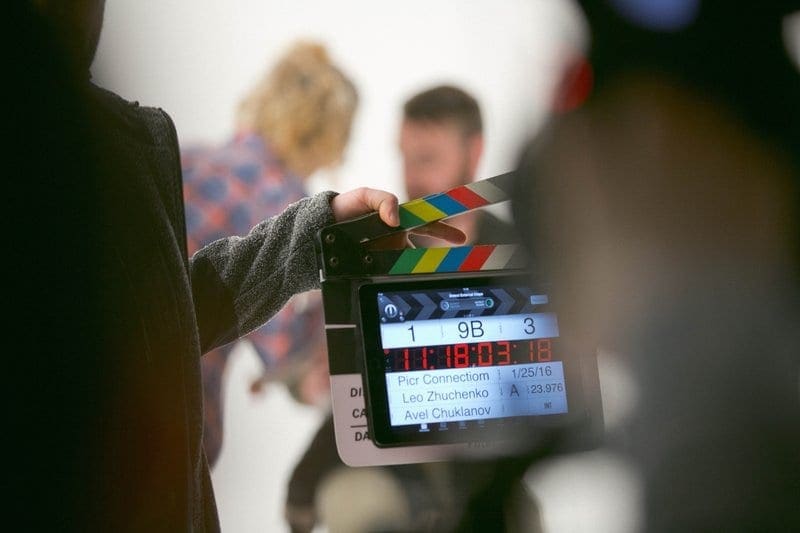Music Licensing: Sync Licensing Guide For Success!
What’s the Music Industry’s worst-kept secret to generating high-margin income and breaking emerging artists? Music sync licensing! Having a wealth of industry contacts and resources certainly helps, but we’re going to tell you all about the power of sync licensing.
Are you releasing new music?
Book a meeting with a Music Gateway A&R today.
Discuss release strategies, distribution, growing your fanbase, organic playlisting, press, radio and more.
So what is sync licensing? A sync license/synchronisation refers to an agreement surrounding the use of recorded music in any product involving the simultaneous use of music and moving images. This includes, (you guessed it!) movies, tv shows, advertisements, video games and more! Getting a successful placement can come with huge exposure and can generate significant revenue through sync license fees and performance royalties.
Monetising With Music Sync Licensing
According to a report by BPI, music sync licensing accounted for 6.6% of industry revenue in 2019. That may not sound like a lot, but consider this… IFPI’s annual Global Music Report shows total revenues for 2018 reached $19.1 billion US dollars. That equates to a whopping $1.146 billion dollars (a growth of 11% from 2017) in potential annual earnings up for grabs in the sync music sector!
Despite this, a lot of sync licensing opportunities remain untapped. This is due to the complex (and highly interconnected) nature of the sync market, and the gatekeepers that occupy it. These include music licensing companies (sync agents), labels, music supervisors, and the directors at the top of the food chain. Relationships with the right people are notoriously closely guarded. This can make navigating through the sync music industry quite a challenge…
Some (like us!) have been in this game for a while and know all of the ins and outs. However, we understand that those of you who are just starting out may be overwhelmed by the complicated maze of industry jargon and metadata. Luckily for you, we’re here to demystify the sync world a bit, and make it easier for you to kickstart a successful career in sync!
There is no one price tag that you can stick to getting a music sync licensing deal as it depends on many different elements, but you can get a good idea of the type of budgets that exist and what affects that price tag in our guide on how to make money from music.
Your Music Copyright (legal rights)
To understand sync, you first need to understand copyright and copyright law. This is because owning or controlling copyright is how you are going to get paid. At first, this can seem daunting, but don’t worry, have a read through this article and soon you’ll be a licensing wizard!
There are two copyrights you need to understand when considering music sync licensing:
Master rights – This refers to the recordings themselves, the right to copy and exploit the master recordings hence ‘master’ rights. Each recording has its own master right attached to it, which can be bought, sold, or licensed for sync.
Publishing rights – This refers to the songs themselves. The actual music and lyrics and melodies and harmonies. You know… the song.
To give you an example of how these work, if you write and record an original song all by yourself, you own 100% of the master and publishing rights for the song and the recording. An understanding of publishing rights is vital in music sync licensing.
If you performed and recorded a cover version of an Ed Sheeran song, Ed (and his publisher) would still own the publishing rights for the song itself, but you would own the master rights for the recording. Because it’s his song you performed, but you recorded the cover version.
Additionally, depending on the country you are in, a cover version will need the correct licencing in order to be released, so companies like Easy Song offer inexpensive and simple services to clear your cover song for use.
Legal Clearance (Master & Publishing)
Now we’ve got that down, let’s talk about copyright in the context of sync. Your rights are what generate revenue for you in the world of Music Sync Licensing. Each time one of your songs is about to be placed, the licenser (music supervisor or client) needs your permission to ‘clear’ or authorise the use of the track. This includes both the recording (master), and the song (publishing).
If you have collaborated on a track with another writer, and you each own 50%, the music supervisor has to clear the publishing rights for both you and your co-writer, and whoever owns the master rights. It’s because of this that, today in sync, all the rights (both sides master & publishing) are commonly controlled by one entity. This could be an individual, a label or publisher, or a sync agent. This is referred to as one-stop ( the Supervisor only has to make one stop when clearing tracks. The more people that are involved with this process, the trickier it tends to be…
Once you’ve ‘cleared’, your agent will send you the license or quote request, and you can sign off! Once the show airs you’ll be paid an advance fee, commonly known as a ‘sync fee’. It’s only after this that you can collect royalties as well through your Performing Rights Organisation (PRS for Music, and PPL in the UK. ASCAP, BMI and SESAC in the US )!
It’s a long slog for sure, but it’s worth it!
The Decision Makers & Gate Keepers
There is a chain of people in music sync licensing that you have to get through to get your music placed in anything, whether it’s a game, a film, or a hot new TV series, your music has to jump through some serious hoops.
1. The Director. At the very top of this decision chain is the director, they are the creative driving force behind all productions, particularly in TV and Film, Games and Advertising. The director is often called creative director, or head of creative or something along those lines. These people will be the final deciders in placing music.
2. Music Supervisors. These are music and legal experts whose entire job is to find the right music for a scene or ‘cue’, manage the music budget, and clear and license that music for the project. The supervision world is a small one, there are roughly 800 – 1000 music supervisors in the western world operating at any given time (depending on how you define them). These really are the people you want to get your music to. The only drawback is that there are tens of thousands of other music companies and individuals doing the same thing! It’s an insanely competitive market, especially in a world that is massively oversaturated with music. The key here is curation, which brings me to my next point in the chain.

3. Labels, Libraries, Publishers, and Music Sync Licensing Agents. Your best bet for getting your music placed in anything is having good working relationships with one of these three. Each has its own pros and cons, and each work slightly differently. We’ll look at each in the next section.
So, what are your options?
Music Publishers
Publishers have always exploited sync licenses in favour of the artists & writers. It’s one of their main revenue streams. It’s one of the reasons you should want to sign to a publisher. Publishers will take a % of your royalties, as well as your sync fees if they get you a placement. This will be agreed upon in your contract with them.
Record Labels
These are traditionally more focused on distribution, streams, sales, and marketing the artists. But labels are realising that having a sync placement can be a huge marketing boost to new or upcoming releases. More and more labels are hiring dedicated sync managers to push for placements, and even making deals for publishing rights as well, especially with one-stop rights being so important for a fast clearance these days.
Staying Independent
Doing all the hard work yourself. This means going to sync conferences and rubbing shoulders with the supervisors, building relationships, and getting them to send you briefs. This alone can be difficult as where do you start? Another approach many have taken is to research what shows are using what music. If you have relevant music, find the supervisor and just send some music along. There is a right and a wrong way to do this, so check out our blog on the best pitching practices on how to do this effectively.
Even then, it’s a hugely time-consuming thing to do, leaving very little time to write and record your music!
Sync Agent
Sync Agents will represent your music and secure you a synchronisation license. This entails pitching [the track/s] to the clients of music supervisors, of which they will often have many that they’ve built relationships over the years. Sync Agent’s sole purpose is to help get your music placed. Often, in return, they’ll take a % of the sync fee. There will undoubtedly be many artists and writers that lack the time to do this themselves but wish to stay independent and keep all of their copyrights. Sync agents can be a great way to secure a sync licensing agreement.
We hope you found this article useful! Discover what our sync team can do for you, find how Мusic Gateway can connect you with the perfect collaborator, and get your music played in thousands of Retail and Hospitality stores across the UK and Europe.












